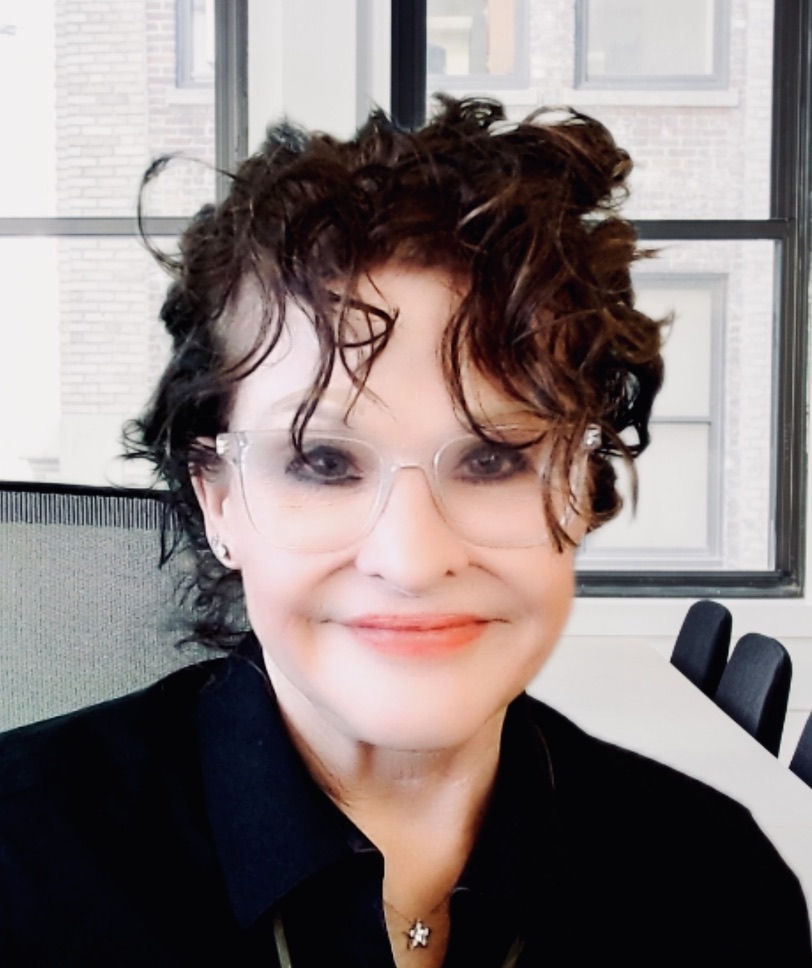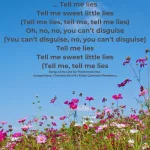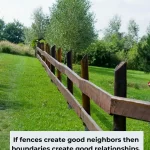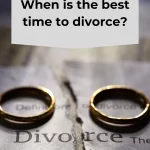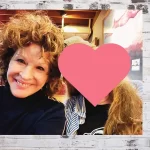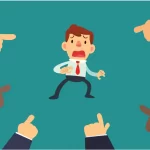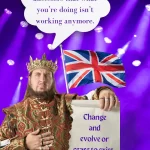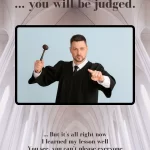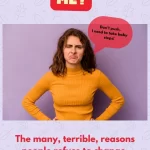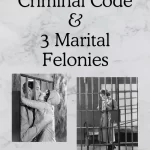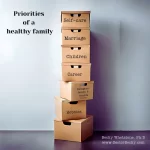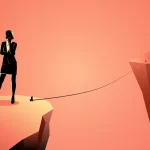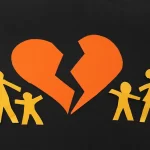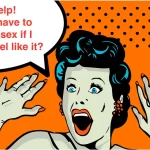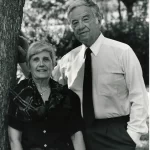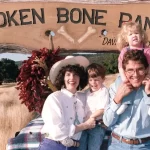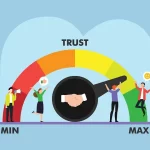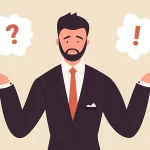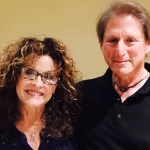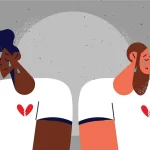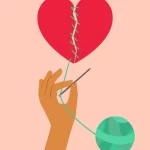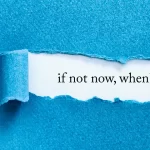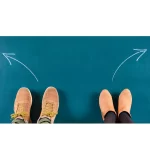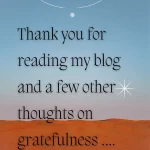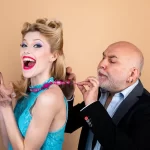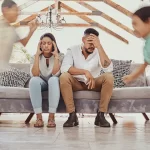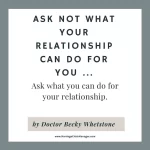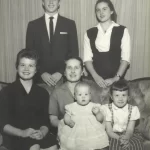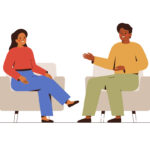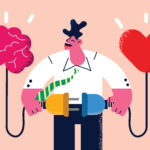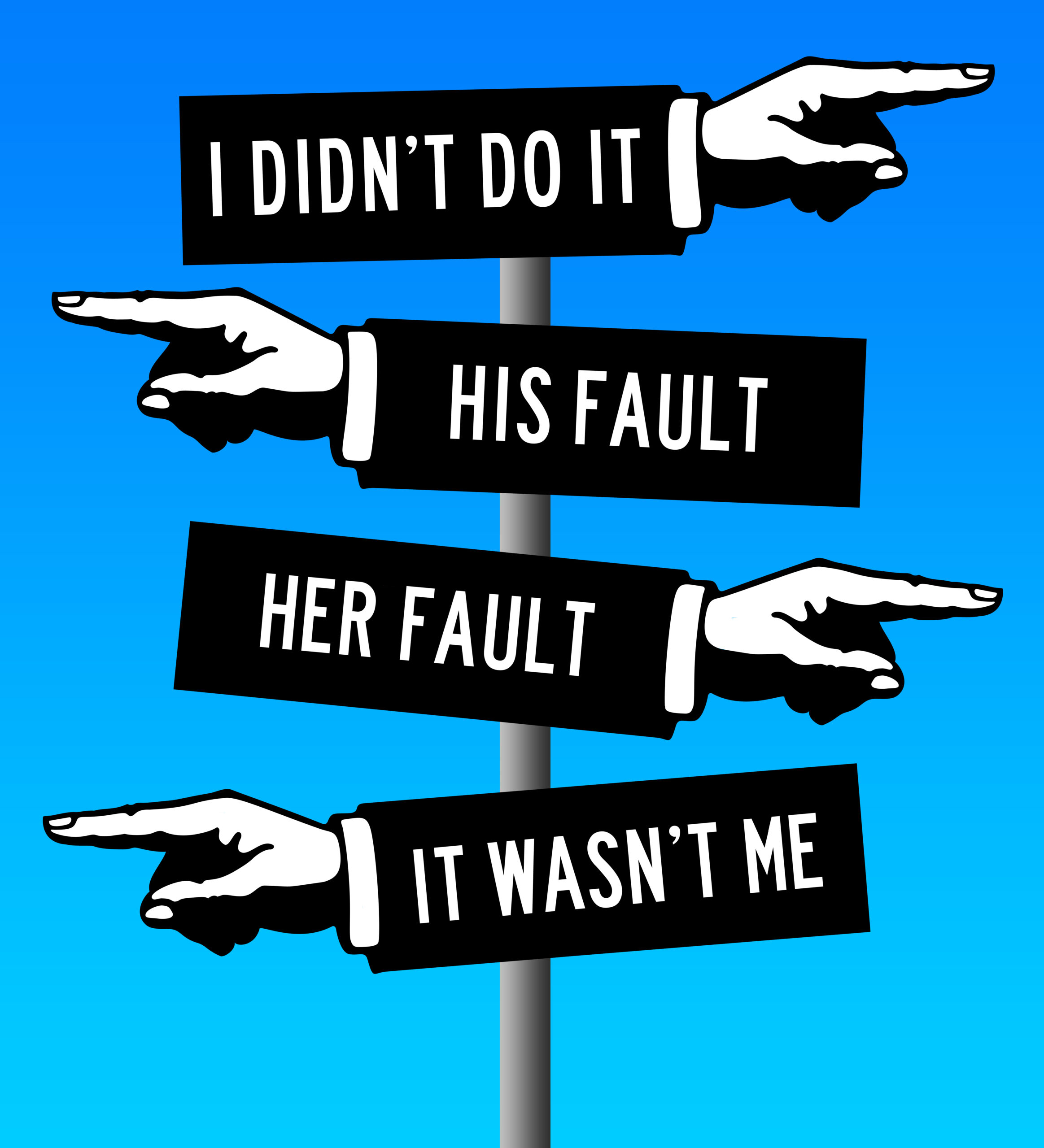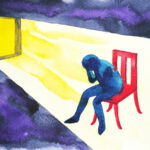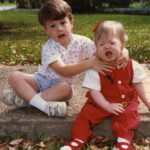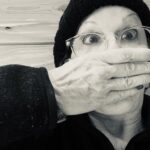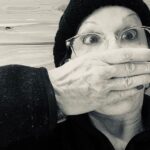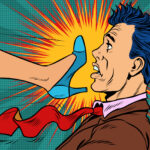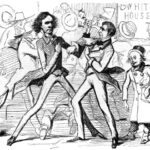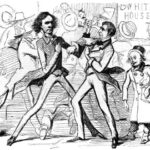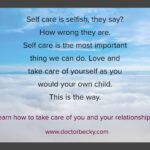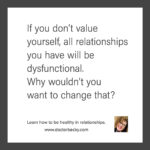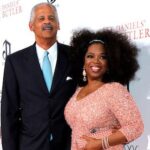You may think your situation is not abusive, but you may need to think again …
Family Violence Affects Us All
by Becky Whetstone, Ph.D.
To this day I am thankful that I did my first internship at San Antonio’s Family Violence Prevention Services, where I counseled women who were in relationships they felt might be abusive. How did the women end up there?
Typically what happened is that they called the number in the phone book to ask questions, usually it was the number for the local Battered Women’s Shelter, and they called because these women really did not know if their relationship was abusive or not. They didn’t want to come to the shelter, they just wanted to know if what was going on in their life qualified as abuse. That’s when they were instructed to come in to FVPS for counseling, and that’s when they met me or one of the many counselors there.
We were trained well to understand the abuse dynamic, as well as to the best ways to educate and counsel women who were in an abusive relationship, and it takes special knowledge to know how to help. I worked at FVPS for over a year and did hundreds of hours of counseling, and of all the women who came in, 100 percent of the ones who suspected they were in abusive relationships were in fact living in abusive relationships. My job was to educate them about what an abusive relationship looked like, tell them the statistics of how many men were able to change, and show them some very powerful graphics that put everything into perspective. Some women took it all in and soon became ready to leave the relationship, and quite a few more were not. So is the powerful hold a relationship can have on us … even if it’s unhealthy.
There’s much to know about the abusive relationship, and more than I could present on this page, although I hope to provide an overview of the information you need to know, plus some important links to sites that have the graphics and other information you might find enlightening. What I can tell you is that in my private practice today I still see a large number of women who are in abusive relationships who had no idea that what it was they were experiencing was abuse.
Women of every size, color, educational and socioeconomic situation can find themselves in an abusive relationship. To help get you started to find out if you may be in an abusive relationship,check out the following information pulled from the Texas Council on Family Violence Web site:
How is your relationship?
Does your partner:
• Embarrass you with put-downs?
• Look at you or act in ways that scare you?
• Control what you do, who you see or talk to or where you go?
• Stop you from seeing your friends or family members?
• Take your money or Social Security check, make you ask for money or refuse to give you money?
• Make all of the decisions?
• Tell you that you’re a bad parent or threaten to take away or hurt your children?
• Prevent you from working or attending school?
• Act like the abuse is no big deal, it’s your fault, or even deny doing it?
• Destroy your property or threaten to kill your pets?
• Intimidate you with guns, knives or other weapons?
• Shove you, slap you, choke you, or hit you?
• Force you to try and drop charges?
• Threaten to commit suicide?
• Threaten to kill you?
If you answered ‘yes’ to even one of these questions, you may be in an abusive relationship.
For support and more information please call the National Domestic Violence Hotline at 1-800-799-SAFE (7233) or at TTY 1-800-787-3224 .
Please check out the National Domestic Hotline, the links here, and get assistance from a mental health professional who is qualified to explain the abuse dynamic to you. Whatever you do, don’t wait.
Copyright 2006., www.doctorbecky.com.
View the Powerful Power & Control Wheel Here:
- Look at the wheel, and see that the abuser’s singular goal is at the center of the wheel – power and control.
- To acheive power and control, he uses the methods that spiral out from the center, such as economic and verbal threats.
- If the person is allowed to control in such a way, the result is the border along the outside of the wheel, which is verbal, emotional, and physical violence.
The Cycle of Violence
 Every abusive relationship goes through what researchers have described as a “Cycle of Violence.” The cycle is characterized in three stages:
Every abusive relationship goes through what researchers have described as a “Cycle of Violence.” The cycle is characterized in three stages:
1. Violence. The abuser acts out violently; explodes.Abuse may be verbal, emotional, or physical.
2. Honeymoon Period. Following the abuse he is apologetic, asks for forgiveness, promises never to do it again. (Called the “honeymoon” period because the abuser is on his best behavior while wooing back the person he has just abused).
3. Tension Building. Once the abuser is certain he has won back the person he abused, his behavior returns to his old, dark and moody ways. Tension mounts once again until it reaches a point where the abuser explodes in violence once again. (Back to #1, then on to #2, then back to #3) The cycle repeats over and over again until the relationship is ended, or the abuser truly changes after tadmitting and taking responsibility for abusiveness, attending an anger management support groups, and receiving individual therapy. Research shows that only 30% of men who go through this process ultimately succeed in overcoming abusive behavior.
To see a large size graphic of the “Cycle of Violence” click here.
Links to Important Information About Abuse:
Locally: Arkansas Coalition Against Domestic Abuse – click here.
 Becky Whetstone is an Arkansas native and has a Ph.D. in Marriage and Family Therapy from St. Mary’s University in San Antonio, Texas. She is a Licensed Marriage and Family Therapist (LMFT) in Texas and Arkansas.
Becky Whetstone is an Arkansas native and has a Ph.D. in Marriage and Family Therapy from St. Mary’s University in San Antonio, Texas. She is a Licensed Marriage and Family Therapist (LMFT) in Texas and Arkansas. 